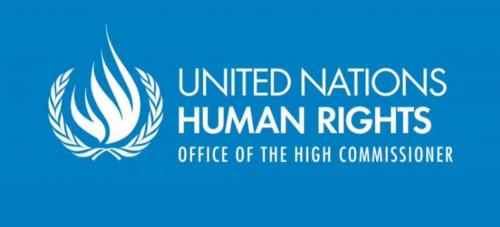
https://www.ohchr.org/en/press-releases/2022/08/un-human-rights-office-i...
The assessment was initiated following serious allegations of human rights violations against Uyghurs and other predominantly Muslim communities brought to the attention of the UN Human Rights Office and UN human rights mechanisms since late 2017, particularly in the context of the Chinese Government’s policies and measures to combat terrorism and “extremism”.
The assessment is based on a rigorous review of documentary material currently available to the Office, with its credibility assessed in accordance with standard human rights methodology. Particular attention was given to the Government’s own laws, policies, data and statements. The Office also requested information and engaged in dialogue and technical exchanges with China throughout the process.
The information was assessed against applicable international human rights law, and builds on the work of a number of UN human rights mechanisms.
The UN Human Rights Office stands ready to support China in addressing the issues and recommendations articulated in the assessment.
ENDS
The assessment and the Government of China’s response are available here: https://www.ohchr.org/en/documents/country-reports/ohchr-assessment-human-rights-concerns-xinjiang-uyghur-autonomous-region
For more information and media requests, please contact:
Ravina Shamdasani - + 41 22 917 9169 / ravina.shamdasani@un.org or
Jeremy Laurence - +41 22 917 9383 / jeremy.laurence@un.org or
Marta Hurtado - + 41 22 917 9466 / marta.hurtadogomez@un.org or
Liz Throssell + 41 22 917 9296 / elizabeth.throssell@un.org










Add new comment